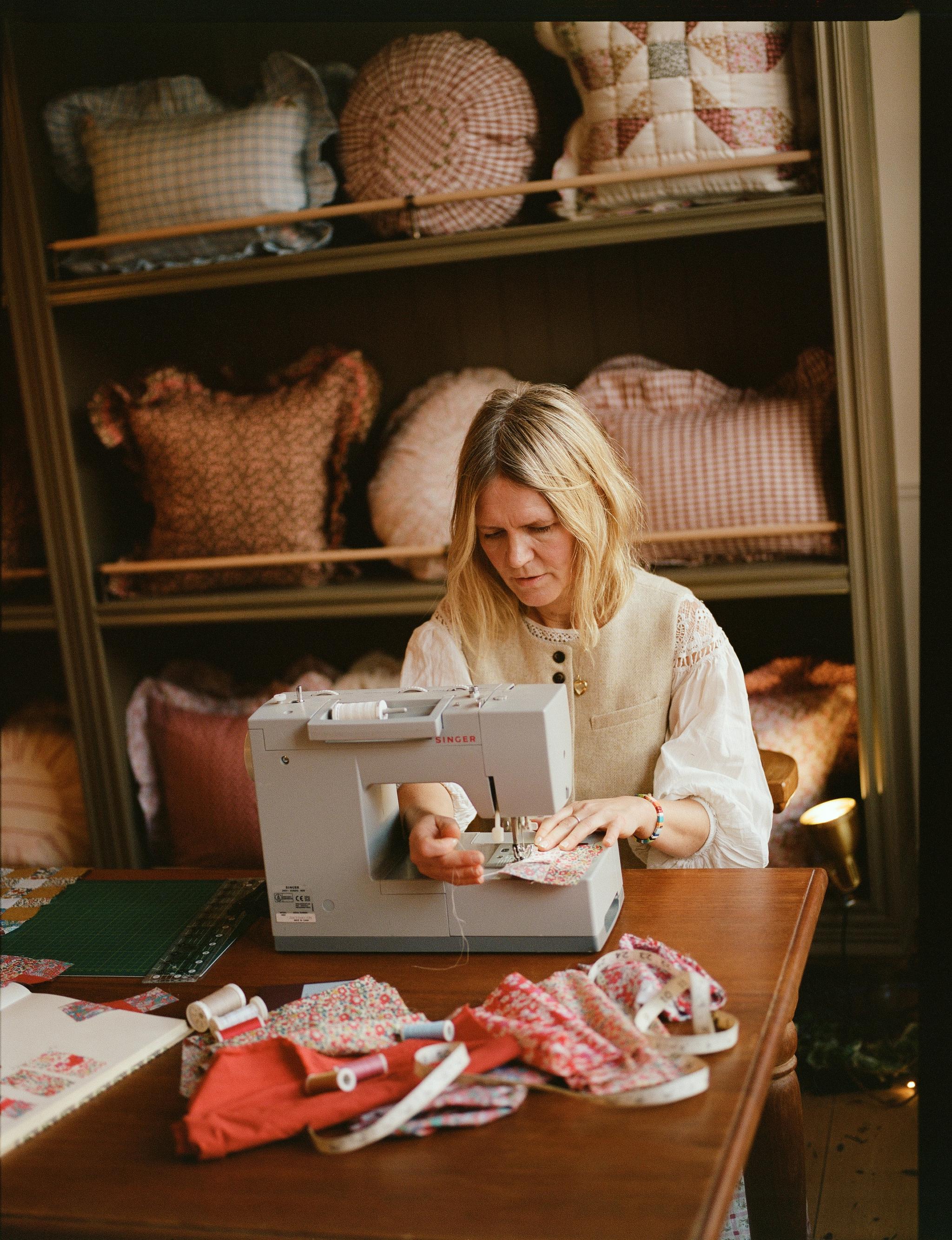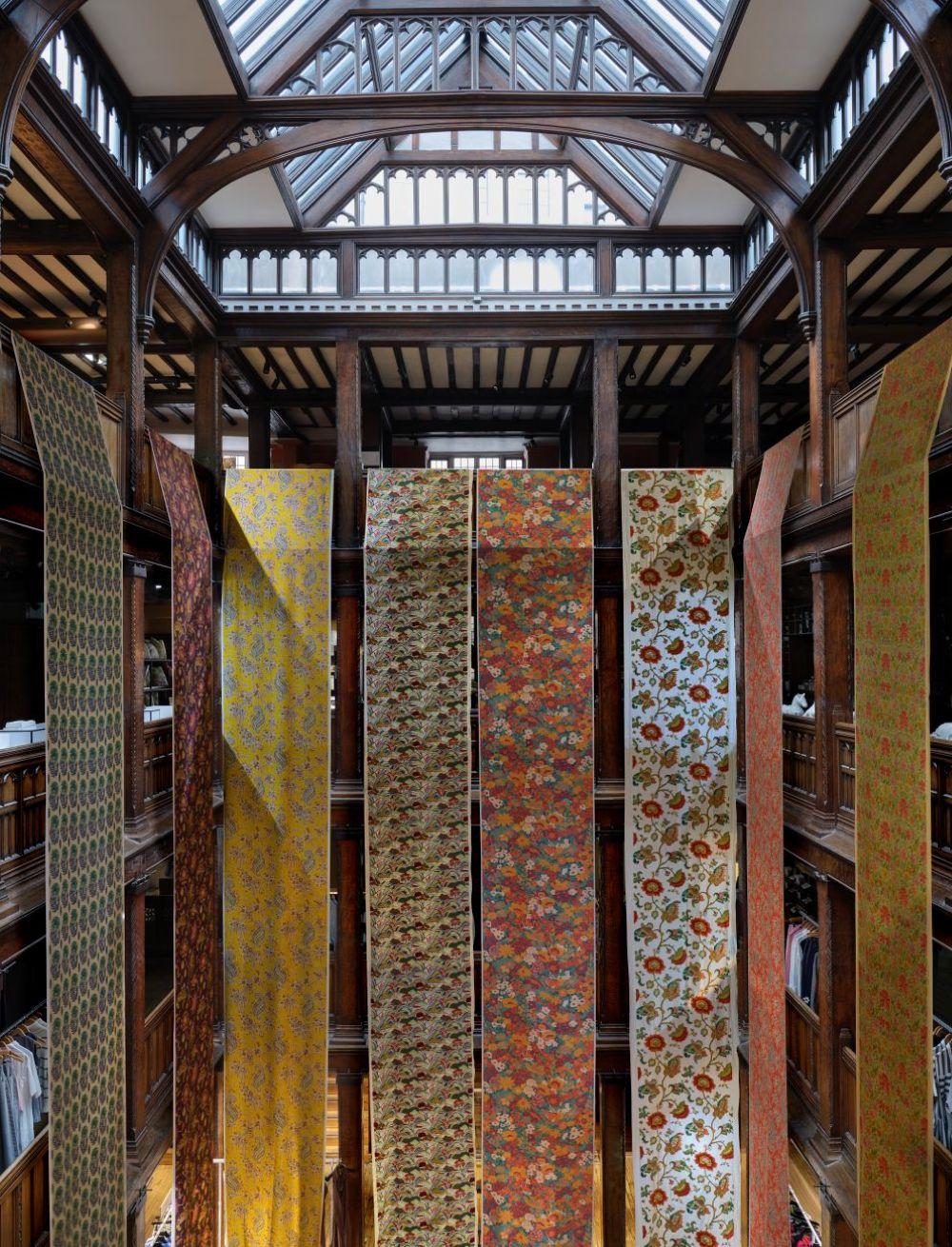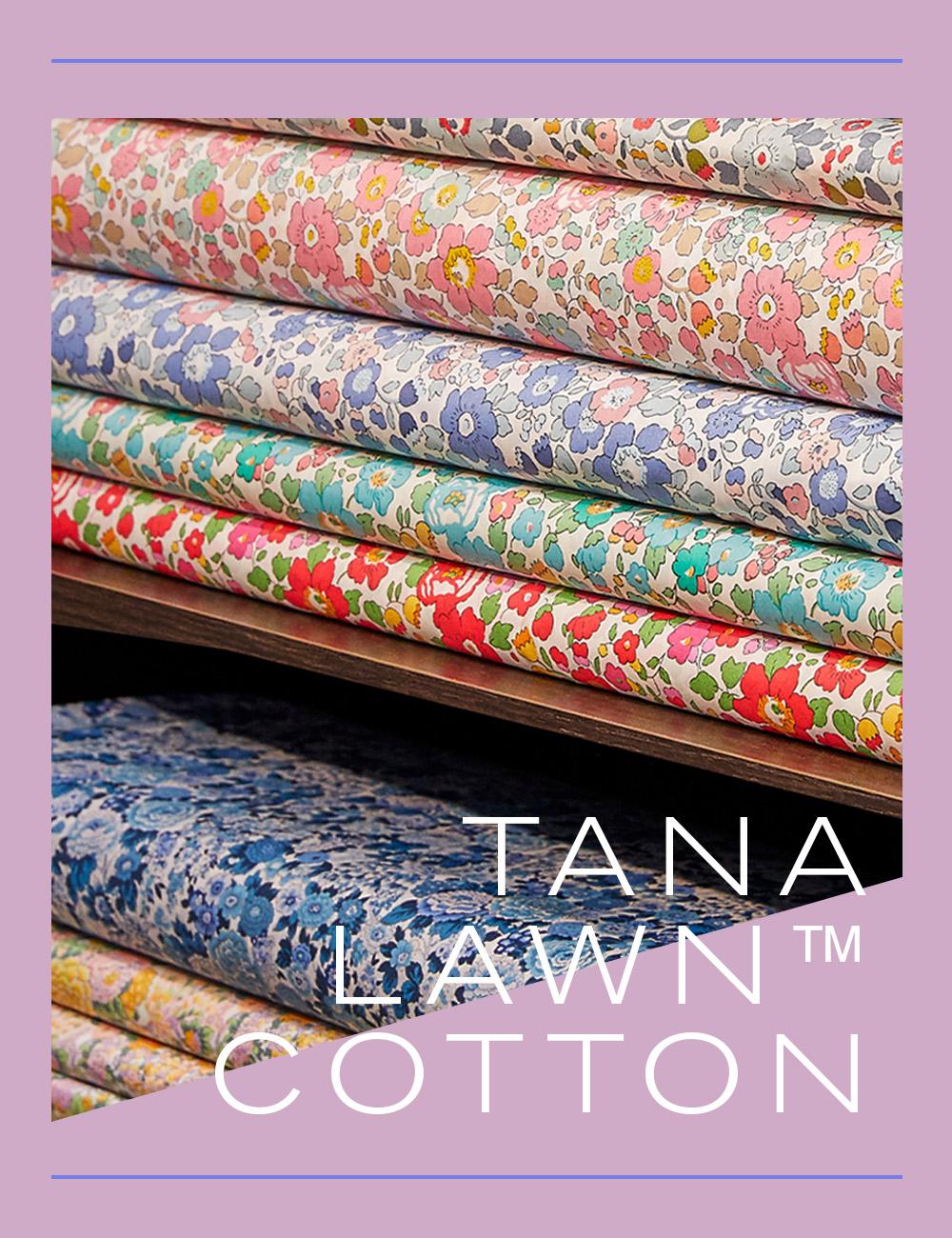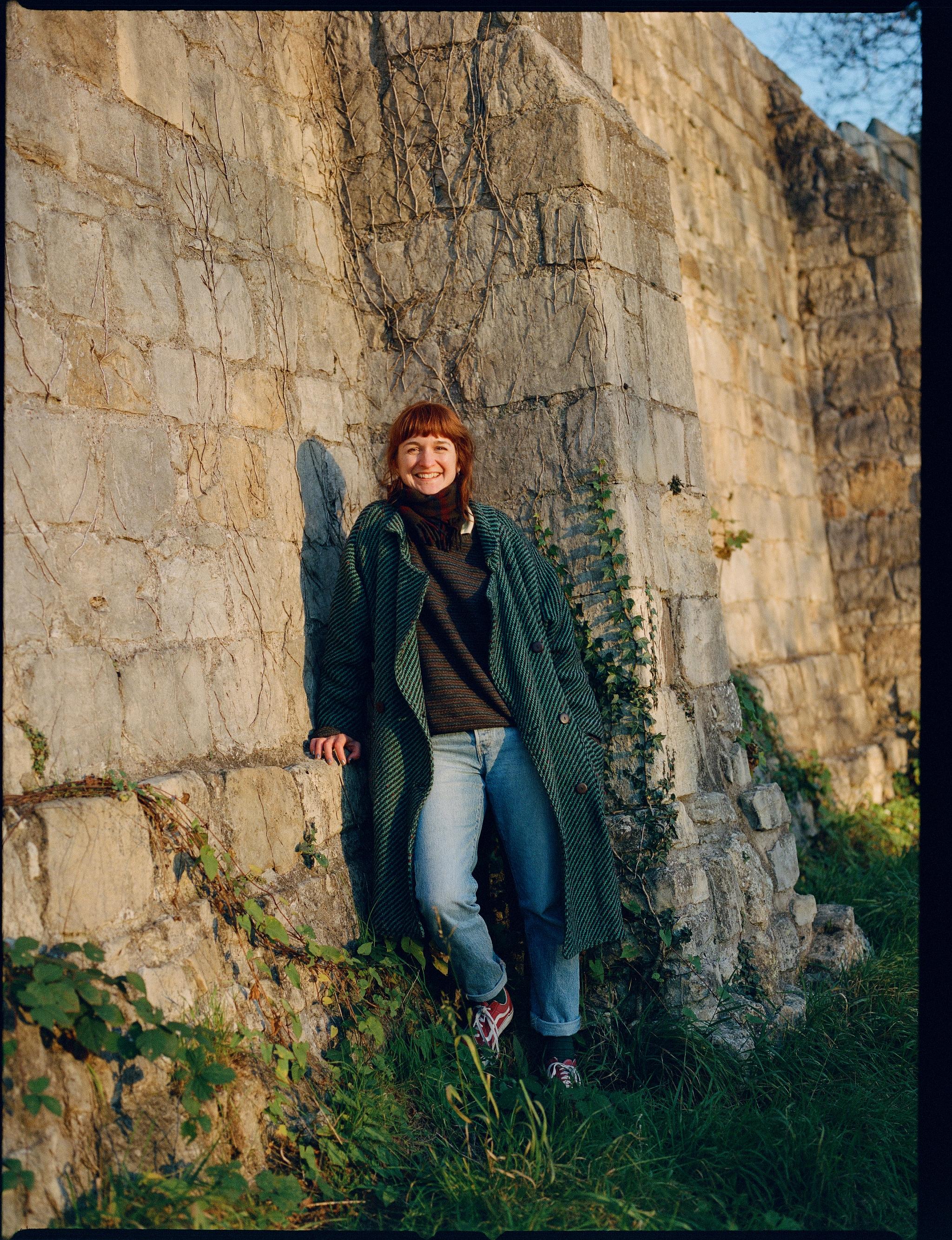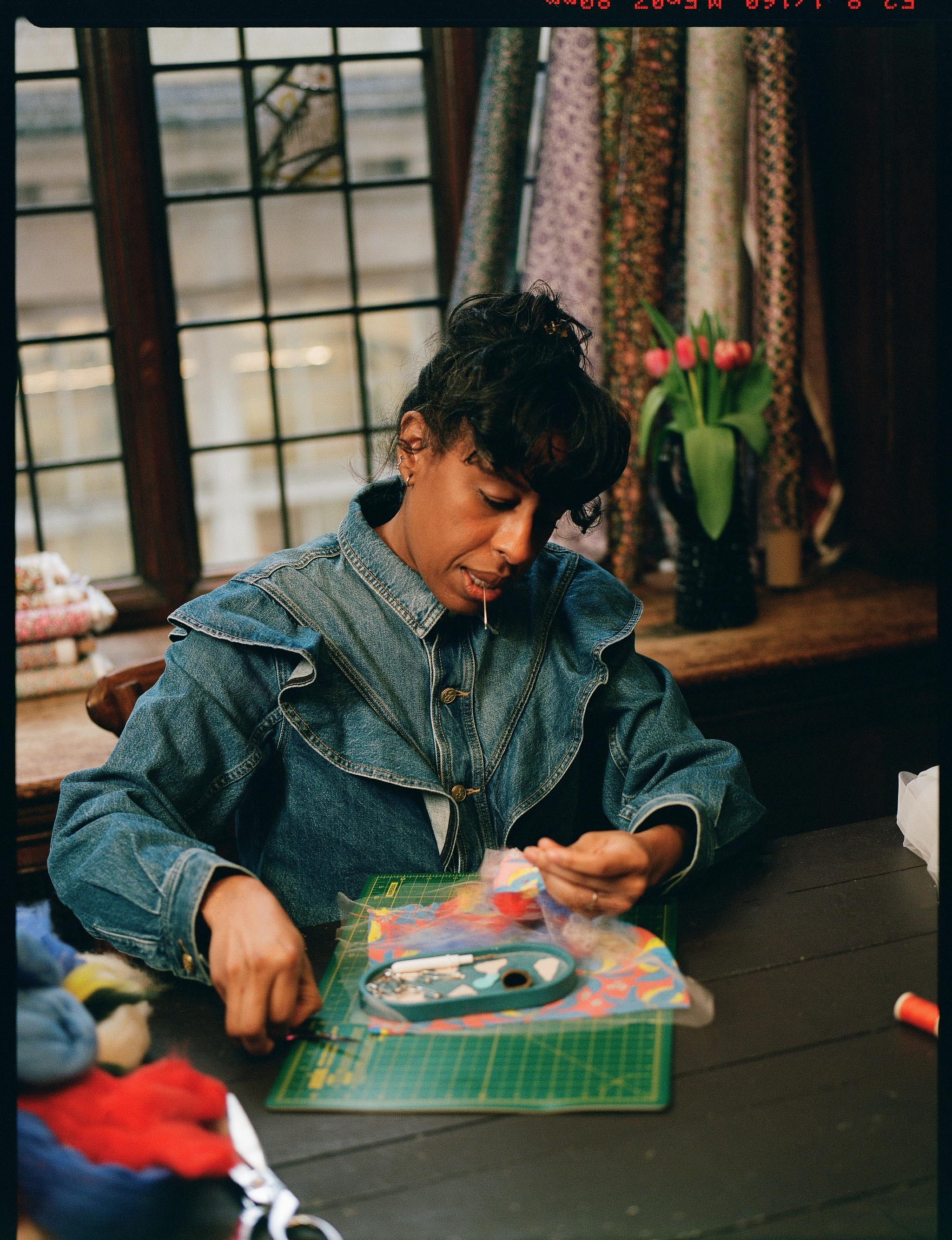A Chat With... Saloon Design House
Celebrating the global network of creatives who make our Liberty Fabrics community so special
Read more
A Chat With…
Saloon Design House
Celebrating the global network of creatives who make our Liberty Fabrics community so special
Shop Liberty FabricsImage credit: Tigreasha Photography
Our world-wide network of @LibertyFabrics artists and designers are a constant source of inspiration, combining imagination with incredible skill in their use of our iconic fabrics – here at Liberty HQ, we always love to see what you’ve been making. In this instalment of the Liberty Fabrics Makers series, we chat to Jane Magnus and Dena Pharaoh-Pezzano of Saloon Design House – an Australian fashion brand with rebellious, dream-big femininity at its heart. For the latest collection, Saloon used Liberty prints in combination with beautiful hand-printed textiles from Bábbarra Designs, the studio of the Bábbarra Women’s Centre in Maningrida, in Australia’s Northern Territory.
Where is Saloon Design House based?
We’re based in Braidwood, a small country town in rural New South Wales, Australia. Braidwood is home to an eclectic mix of old generation farmers, artists, makers and thinkers – it’s the kind of town that attracts and inspires people.
We first met several years ago, admiring each other’s cowboy boots at the preschool pick up – worn, of course, with playful long dresses. Jane and her family own a heritage building from the 1890s on Braidwood’s main street, and Saloon Design House occupies the ground floor. It’s our shopfront and studio space.
Saloon is all about femininity with a feminist edge – ‘liberated prairie’. We specialise in clothes made for getting stuff done, and looking fabulous while doing it.
What inspires you?
We are deeply inspired by the history and beauty of Braidwood, but most of all by the women of our town – they work the land, wrangle the children, learn, create and express themselves with their own individual and flamboyant sense of style. They are our muses and our models in all our campaigns.
With local women both behind and in front of the camera, handcrafting the clothing, staffing the store and so on Saloon really is a collaborative effort. We joke that it may take a village to raise a child, but it turns out it also takes a town to raise a fashion label!
Why do you like working with Liberty Fabrics?
We are completely addicted to Liberty Fabrics – we love the endless creative potential of being able to use all different kinds of prints and colourways and combine them with other fabrics sourced from around Australia and the world. We feel this is uniquely Saloon and uniquely Australian. Having the freedom to choose from so many incredible Liberty prints means we are always creatively kept on our toes and always inspired.
How did you create the collection with Bábbarra Designs?
We were completely taken aback with the printed textiles created by women at the Bábbarra Women’s Centre and their studio Bábbarra Designs. The work is vibrant and energetic. We could see the vitality of Bábbarra Designs textiles working perfectly with the Liberty prints that we had in mind.
The fact these are hand-printed fabrics is really important to us. Rather than a digital reproduction they are straight from the artist’s hand, with no two pieces the same. We have ensured we have maintained the integrity of each printed piece, right through to keeping the artist name and story in the selvedge. This means the pattern cutting is meticulous and time-consuming, but it is entirely worth it to capture the artworks in their best aspect.
What kind of work do the Bábbarra Women’s Centre do?
Bábbarra Women’s Centre has been operating for over 35 years supporting Aboriginal women and families in the community of Maningrida and surrounding homelands in Arnhem Land, in the northernmost part of Australia’s Northern Territory. The Centre sits on Kunibídji land where the quintessential red-desert country meets aquamarine sea – that many people associate with the Australian outback.
Bábbarra Designs is run by women for women, and they are one of only a few Indigenous textile producing arts centres that design, print and sew products all on site, in the community. This really resonated with us.
What did you love about working with Bábbarra Designs?
We’ve relished learning about the different artists, their designs and the associated ancestral stories, like the Djomi print that depicts artist Joy Garlbin's ancestral totem of a freshwater spirit. Many of the women have highly regarded personal arts practices too. For example, Melba Gunjarrawang’s art works are held in the collection of the National Gallery of Australia and in most of our state galleries.
Textiles produced at Bábbarra Women’s Centre feature djang and wangarr, which are the life-giving creative powers that reside in sacred sites and ancestral country. These stories cross over the various language groups in the region, resulting in textiles rich with cultural meaning.
Djang and wangarr are unique language words for the ongoing, eternal, life-giving transformative power that accounts for every aspect of existence. It also refers to the creation ancestor, the country where spirit resides, and to ceremonial designs and songs that represent that being. It is what powers our art.
Can you tell us about the Force of Nature collection?
The Bábbarra Designs pieces include a new line of our popular and versatile Trench Coats and the decadent, elegant Night Fever dress – a brand new Saloon style. We have fully lined the Trench Coats in Liberty prints and feature Liberty in all of the detailing. We love the way the Liberty prints complement the Bábbarra Designs – each textile confident and strong in its own right. True to our approach, each of these ranges will be very limited edition, and of course each is completely one of a kind.
We photographed the new collection locally, in and around the rainforests and lands where the bushfires had raged a year previously. Visiting these localities and seeing new growth, the return of waterways and the return of wildlife has been a deeply healing process, and a cause for hope and celebration!
